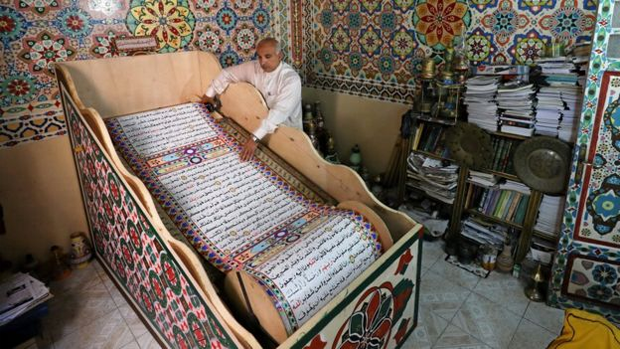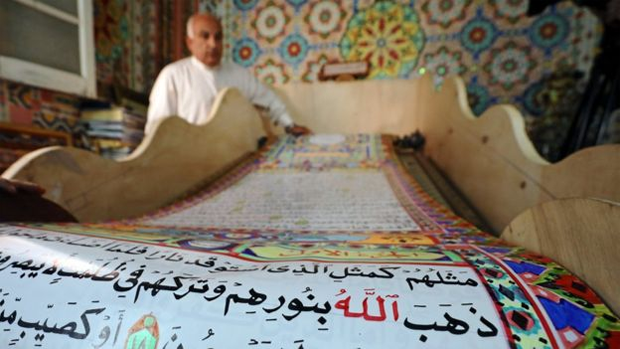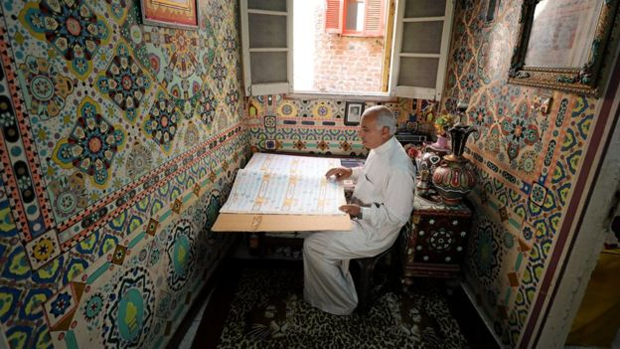|
An Egyptian artist who educated himself after dropping out of school has
spent three years creating what he hopes is the world’s biggest Quran.
Saad Mohammed, who has hand-painted Islamic motifs on the walls and
ceilings of his home in Gharbia, a town north of Cairo, has reproduced
the holy book on a 700-metre-long paper scroll.
|
|
 |
|
He displays the intricately decorated manuscript in a large wooden box
with rollers at each end.
"This Quran is 700 metres long, and of course that’s a large amount of
paper," he said. "I have self-funded this project for the past three
years – and I’m an average person. I don’t have assets or anything."
|
|

|
|
Mr Mohammed wants to submit his Quran for inclusion in the Guinness Book
of World Records. Guinness has said that while there is a record for the
world’s biggest printed Quran, there is so far no record holder for the
largest handwritten version.
Mr Mohammed said he is hoping for help with the costs of applying to
Guinness from the government or any other interested party.
Meanwhile in Cairo, archaeologists have discovered the remains of a
nearly 4,000 year old model garden outside a tomb in the ancient
Egyptian capital of Thebes.
The antiquities ministry said a Spanish team made the find in the Draa
Abul Nagaa necropolis across the Nile from the modern-day city of Luxor.
Measuring three metres by two metres, the garden consists of 30cm square
plots in an open courtyard outside a Middle Kingdom (2050 to 1800BC)
tomb.
|
|

|
|
"The like has never been found in ancient Thebes," said Jose Galan, head
of the Spanish team. It is thought the garden played a role in funerary
rites.
The ministry’s head of ancient Egyptian antiquities, Mahmoud Afifi, said
the tiny square plots seem to have each contained different species of
plants and flowers, with the preserved root and trunk of a
4,000-year-old tree in one corner and next to it, a bowl containing
dates and other fruits, which could have been offerings.
|
|
 |
|
In ancient Egypt, the dead were traditionally surrounded by objects they
enjoyed in life, so they could continue to enjoy them in the afterlife.
|